World Fine Art Professionals and their Key-Pieces, 421 - Mirjam Somers
World Fine Art Professionals and their Key-Pieces, 421 – Mirjam Somers
Mirjam Somers makes videos, but that changed during the corona period. In the spring of 2020, she started her Daily Drawings and eventually had 300 drawings. In each drawing, man and (the other) animal stood opposite each other. Now she is going to make a film based on those drawings.
I am visiting Mirjam in her studio in the north of Rotterdam. A large studio with a long table, large drawings on the wall and models on the floor and on tables in the back. And also a square black tent, where it’s a bit warmer, and where her computer is. Mirjam: “During the corona period, I did something that I did not allow myself at first: to work very intuitively, a new story every day, with a different approach. Everything was allowed in terms of technology.”
Human and animal
Before she started she had taken a walk, sometimes taken a picture, leafed through her photo archive and then she started. And every time something came. Always a human and an animal, but sometimes the animal became more human and vice versa. All her work is about this: man in relation to the (other) animal. Each drawing was in A4 format. A person versus an animal in a power relationship – in an isolated situation. Isolated together, because there is no real contact between the two.
Mirjam: “Man and animal were once equal. But that changed over time. Man became the center of the world and animals and nature were at his disposal. The relationship between humans and animals is a flawed relationship.”
She shows a drawing of her grandfather caressing a horse. “As a child I experienced the world of humans and animals as one of friendship and equality. It was a big shock when it dawned on me that the world was different. That animals lived in large numbers in lying stables, the entire factory farming industry. These are the blind spots of our time. I almost have no words for it. Everything that lives wants to live, and preferably as well as possible. It says a lot about who we are as human beings, and how much we have destroyed. It’s starting to shift now: there’s an awareness that there are different ways of living. Each animal species has its own intelligence and needs for life.”
The zoo
Where is the world going? Apocalyptic visions sometimes appear in her work. “My work contains many dystopian images and a single utopian image. The dystopian images in my work are based on the anthropocentric attitude of man and his power. For me, a zoo is an example of that power structure. Most people look in amazement at all those animals in their enclosures. If you look at it right, it is the reflection of a past world that is in the grip of a hierarchical power structure, in which the animal plays a powerless role. In the zoo you only see the shadows of animals. It has become a new species. Incidentally, all the people who work there really do their best. But the zoo should become more of a city park, without (large) animals, a museum about the history of the zoo with digital education about the animal species instead of live animals.”
From drawings to moving images
She is now working on a sequel. “What happens when you place the drawings together in the world? I cut out the figures on seven models from the 300 drawings and grouped them into a new world.” Silent Sirens is the title. On the back of the tables, an ice/snow landscape, a forest landscape, a utopian and a futuristic landscape can already be seen, filled in with the figures from her drawings. With camera she will slide through it. The main character is a black crow, who can change shape into a dog and a man. She has already experimented and has received a research grant from CBK Rotterdam. She still has a lot to figure out. “A number of drawings are converted into moving images using 3D modeling and animation techniques. I work together with Petros Mousios and Zara Olsson. Which storyline / scenario do I choose? How long will a story be and how many scenes will fit into it? It should draw the viewer into the story, but not too explicitly. I take a small step in the process every time.”
Rhino
On a screen on the black tent (and also inside) I see two examples of her earlier video work. The films Guardian, Tales of Sentience and Waker, Tales of Sentience. In the first film, a girl with two giant eggs faces a rhinoceros. The film was shot in El Torcal nature reserve in southern Spain and Blijdorp Zoo. The heavy-bodied rhino appears to be dancing, but it also looks like repetitive behavior. It begs the question, “What is the rhinoceros girl doing?” And, is she protecting the eggs or is she destroying them? There is an open end.
In the second film, a sleeping boy floats on a raft, surrounded by birds. The raft is half submerged. The birds have their own story. The boy seems to slowly become part of the bird kingdom. “Maybe he will speak their language.”
Wall drawings
On the wall hang two large-format drawings that I previously saw in Het Archief by Herman Lamers. On the floor is such a large drawing in the making. They are working drawings with larger and smaller drawings and texts. “It is what is usually written in sketchbooks. It is meant to get a grip on what I read and what I think. I note quotes among other things. From writers like Patricia de Martelaere and philosophers like Merleau-Ponty or the author Erno Eskens who wrote ‘A beastly history of philosophy’. It was not intended to be shown, but now, after the screening in Het Archief, it is. It opens my work. People gain access to me, my thought process, the creation process.”
Does Mirjam have a key work?
She didn’t think she was having one, but on closer inspection she does. “The Daily Drawings. It is work in which I contemplate. Each work turned out to put me on a new track.”
How long has she been an artist?
She is trained in monumental sculpture. In 1995 she graduated from the Art Academy in Den Bosch, then she went to the Higher Institute of Arts in Antwerp, the Belgian postgraduate course, which is now located in Ghent and graduated there in the year 2000.
What is her experience of art life?
“It has many facets. The pleasant one: being at work and everything around it, including the connection with the other artists. Then you have the external side, the exhibiting, the being seen. Those are things you have less control over, you shouldn’t allow that to count too much to remain a motivated artist.”
Finally, what is her philosophy?
“In my drawings and films you see humans and animals in a multitude of forms. How do they relate to each other? That turns out to deliver something new every time. Something enchanting too. However, a painful message is hidden under the aesthetic layer.”
Images
1) video still scene #01 Silent Sirens, 2023, 2) detail research project Silent Sirens, 2023, 3) installation overview studio, research project Silent Sirens 2023, 4) #034 Sunset, Daily Drawings 1 2020, 5) #056 Island, Daily Drawings 1 2020, 6) #065 Rabbithole, Daily Drawings 1 2020, 7) #290 Our way, Daily Drawings 3 2022, 8) Studio review 2023, 9) Video still Guardian, Tales of sentience 2019, 10) Video still Waker, Tales of Sentience 2016
https://www.mirjamsomers.nl/https://www.instagram.com/dailydrawings010/https://kunstambassade.nl/kunstenaars/mirjam+somers/https://ifthenisnow.eu/nl/verhalen/de-wereld-van-de-rotterdamse-kunstenaar-64-mirjam-somers
Disclaimer: The views, opinions and positions expressed within this guest article are those of the author Walter van Teeffelen alone and do not represent those of the Marbella Marbella website. The accuracy, completeness and validity of any statements made within this article are not guaranteed. We accept no liability for any errors, omissions or representations. The copyright of this content belongs to Walter van Teeffelen and any liability with regards to infringement of intellectual property rights remains with the author.


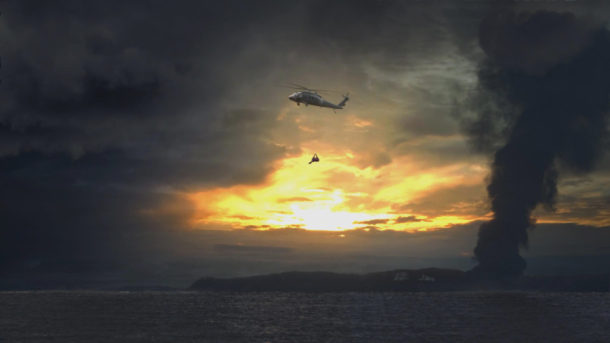
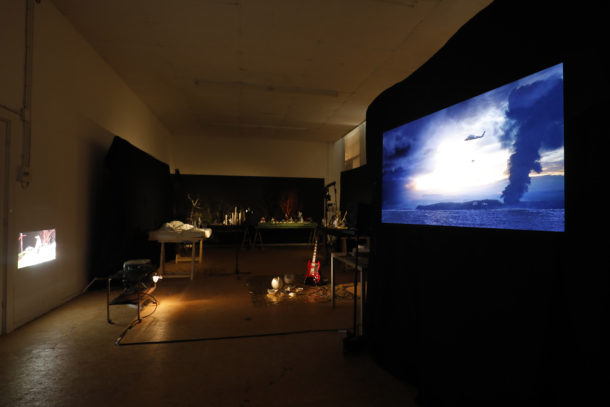
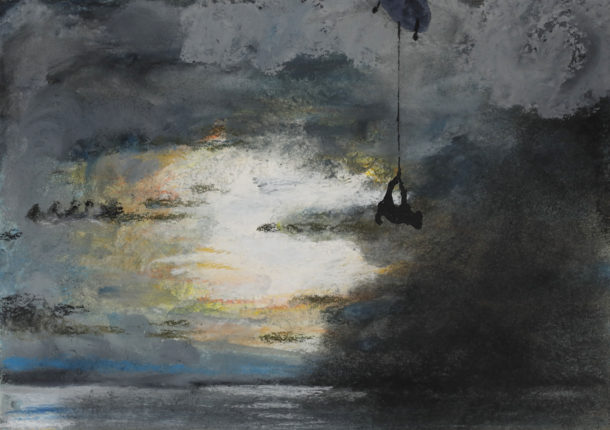

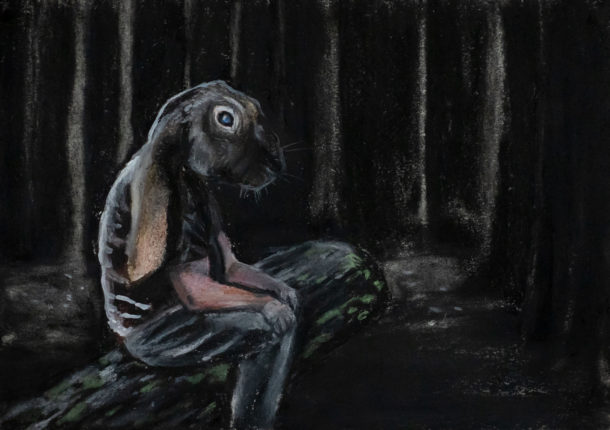
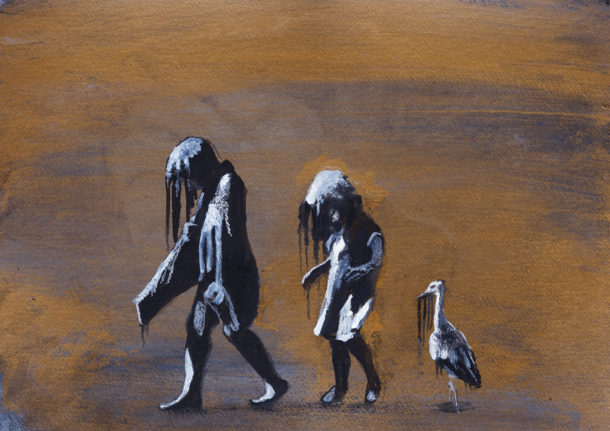

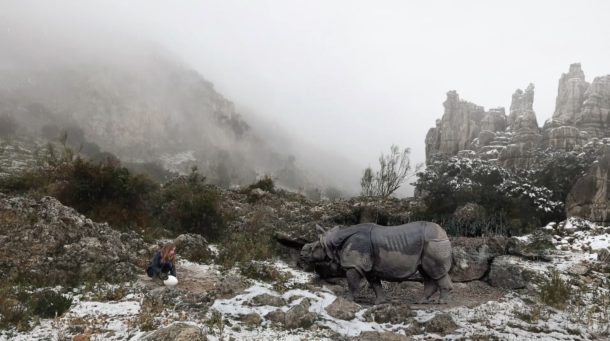
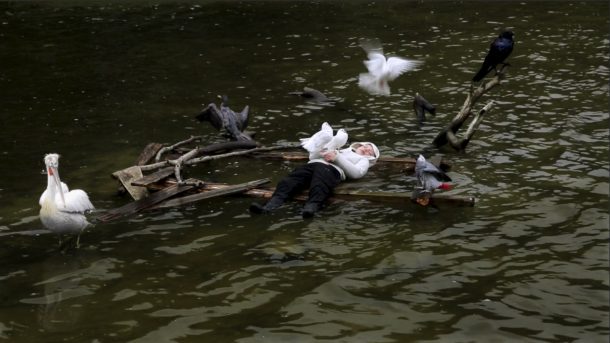














The opinions expressed by individual commentators and contributors do not necessarily constitute this website's position on the particular topic.